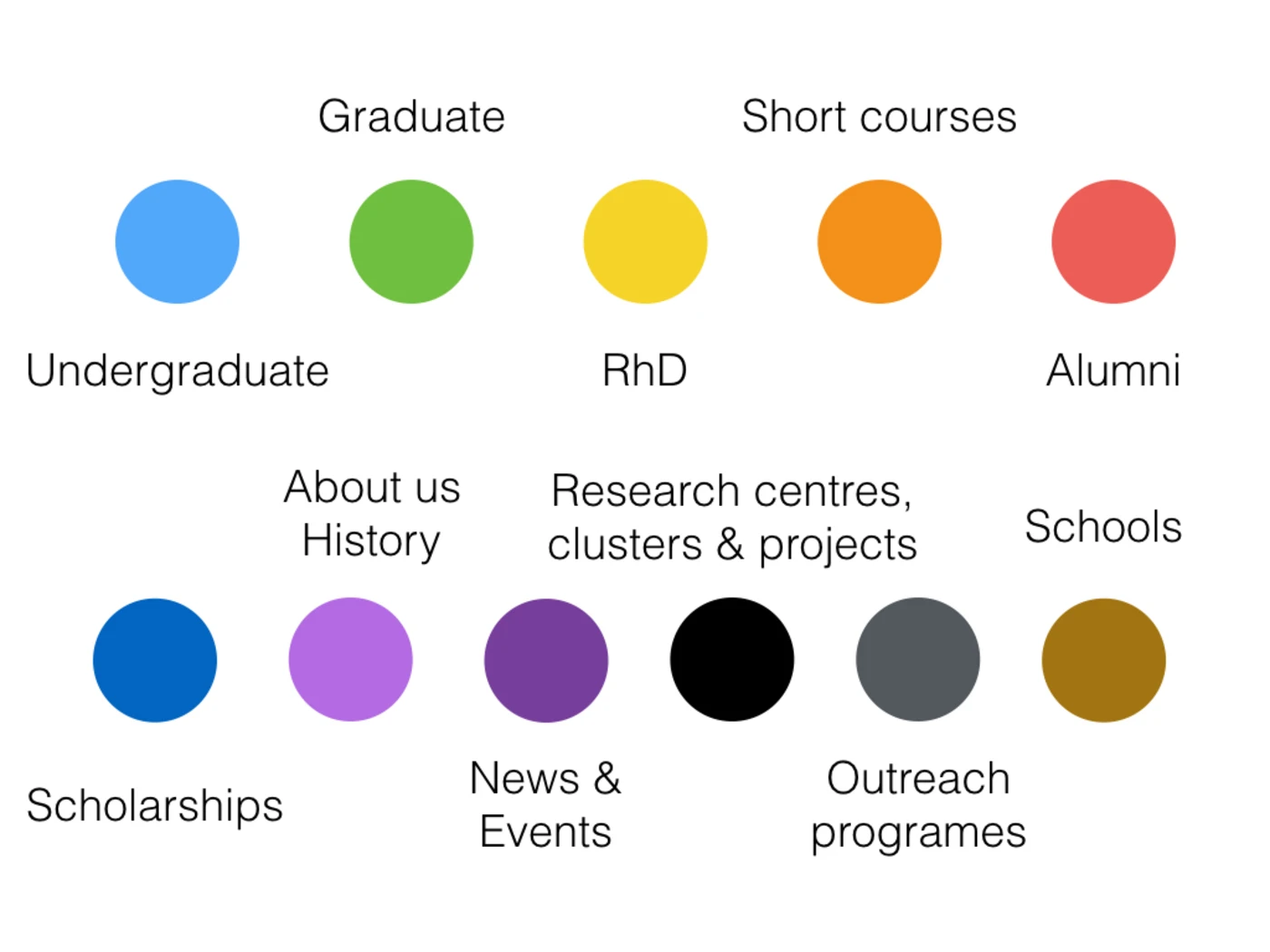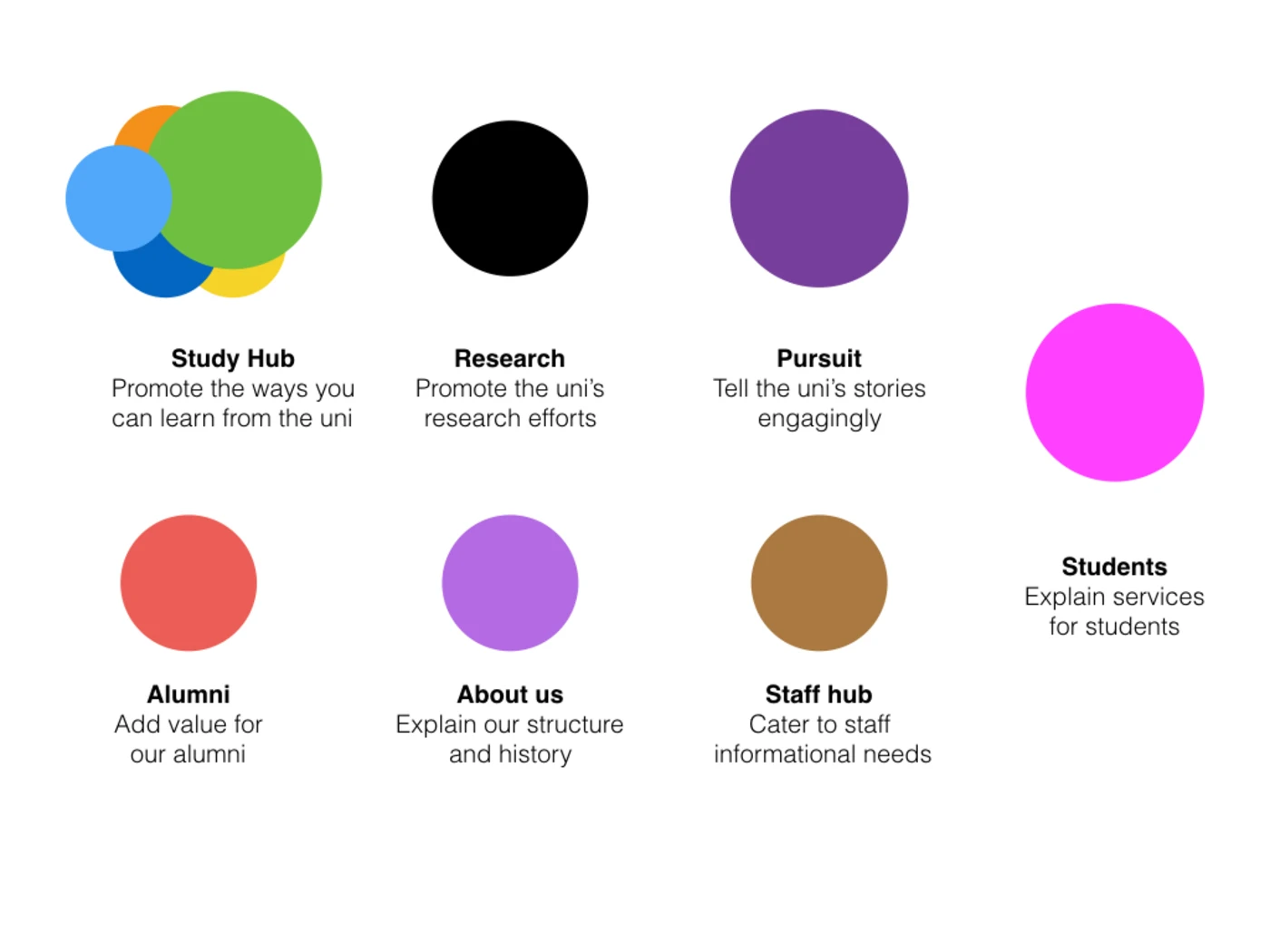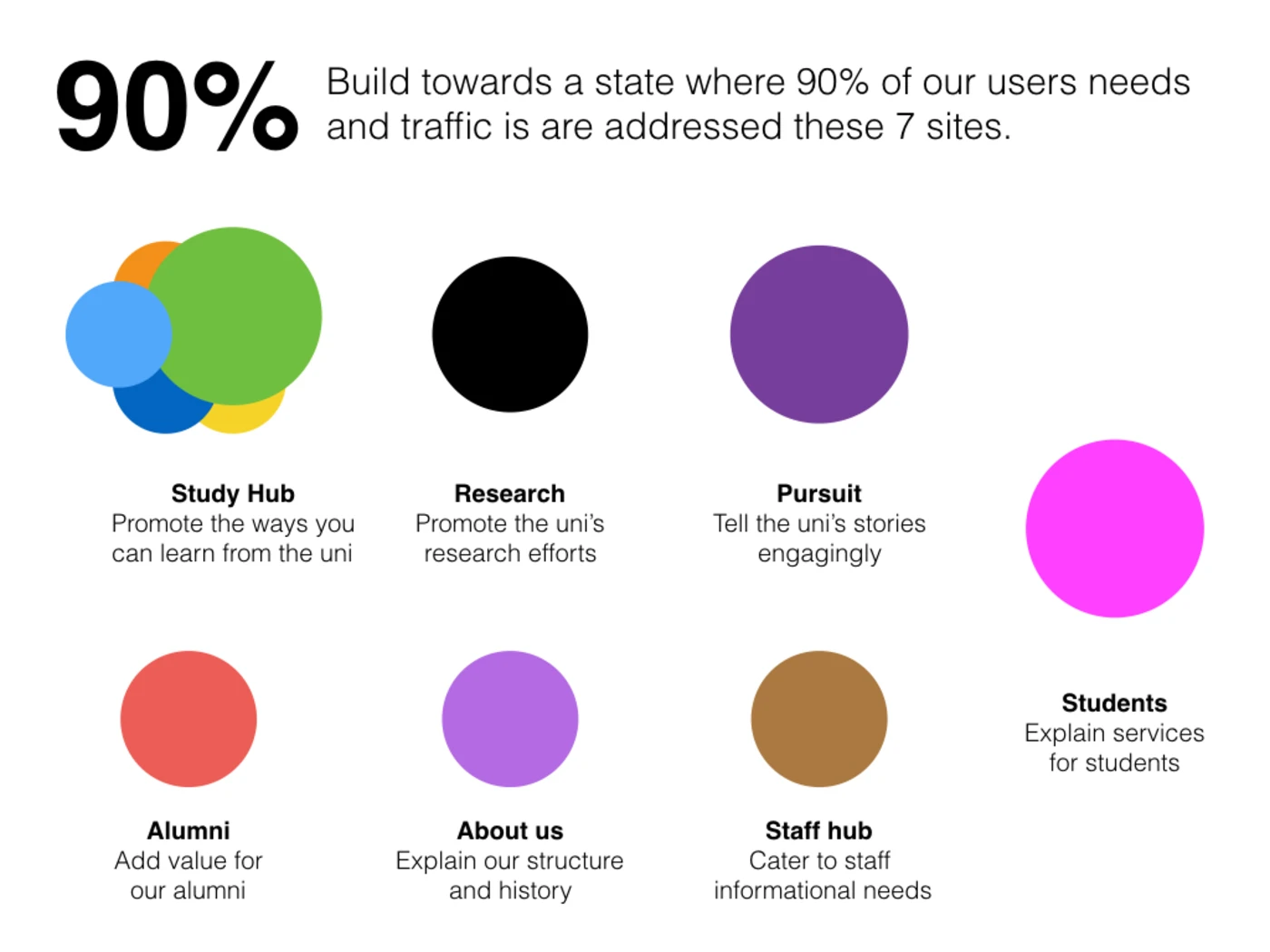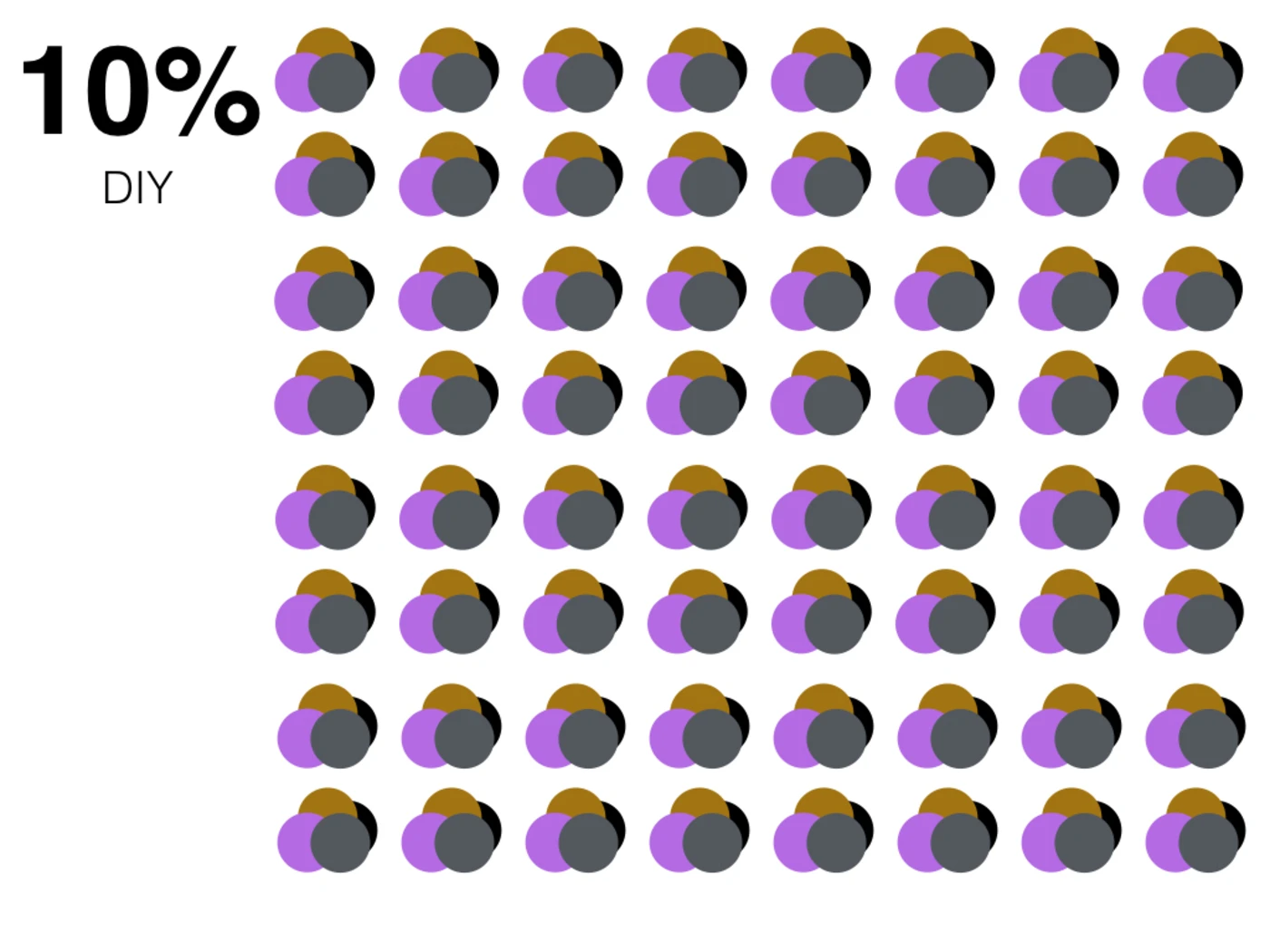A Web Strategy for the University of Melbourne
January 2015
Doing less, better
The Challenge
The University of Melbourne has an incredibly large legacy web presence (more than 2 million pages across many hundreds of sites and different technologies) which many find confusing to use, not to mention costly to maintain and difficult to improve. During my time as the Associate Director of Digital, I created a strategy to fix this.
At the most basic level, there were four issues facing the University web presence:
- a fragmented web presence diluted the efforts and impact of any attempt to fix it,
- there were insufficient people and resources to tackle the problem,
- a poorly suited procurement model focused effort on short-term projects instead of constantly iterating on platforms
- there was immaturity around data-driven approach to web - no goals existed.
Having identified these four major issues I created a strategy which would make deep and visible changes to the UoM web presence relatively quickly.
Let me take you through the basics of what I architected.

The Strategy
Most university websites try and provide content to many different audiences.
A majority of public facing sites, provide information around course and study offerings


They provide a range of other information.

This means that even though some divisions may have a focus on a particular area, most sites in the University web presence end up looking very molecule like.

This approach largely prevails because each site is representing a part of our organisational structure as opposed to being structured to better represent user needs.
If all that people needed to consider was one site within the University web presence then this structure wouldn't be too problematic. Unfortunatley though, for almost any need, this one site isn’t all you need to consider.

At a more macro level the picture gets very complex very quickly. The University has many sites designed to communicate to external audiences. This means that people who aren’t intimately familiar with our organisational structure - which is most people using our website - are bound to find it difficult to use.

As well as being fundamentally confusing for users, this also takes a lot to maintain especially across a large range of technologies.

If you consider the web presence from a particular user group, and take away all the content that this user doesn’t need, you start to see a much clearer picture. There is still an issue with this picture, though, in that the information they seek is spread across many websites.

Wouldn’t it be much better if we were to create purposeful sites that grouped togehter information in a way that was useful for our users?
One spot for each of our major user groups (as opposed to one spot for each organisational unit).
This is the core of the web strategy.
Do less, better via the creation of several flagship web platforms.

An organisation that does as many things for as many different groups of people will need more than one flagship site, but the vast majority of UoM users' needs can be catered to via 7 flagship websites which address a razor focused list of needs.

Over time, these sites will address 90% of the informational needs of our website visitors and service 90% of our website traffic. This will involve making these sites the definitive source of information for the vast majority of our users.

As well as the flagship sites, which capture 90% of our traffic, we also need the capacity to create turnkey websites to support really niche requirements with quite simple digital needs via an eight platform.
This platform should make it very easy for people or academic divisions who want a website to have one, so long as they are prepared to do it themselves and use a common platform.

Results
As a result of this web strategy, major strides have been made to consolidating and improving the web presence. Following my creation of the strategy, I moved into a leadership operational role to execute it.
Since the creation of this strategy, real and meaningful progress has been made towards the creation of almost all of the hubs identified. We've decommissioned, retired or redirected over 400 websites and completed or started to build some truly cutting-edge web properties.
Specifically I have:
-
Created the Pursuit platform - A single platform to showcase the Universities research and engagement agenda.
-
Begun creation of the study platform (case-study coming soon) - When finished, this will be a single location for any prospective students to learn about our course products
-
Oversaw the completion, and taken ownership of the Staff hub - Which is a new university-wide intranet to remove private content from our public facting website.
-
Supported the creation of the research hub - Which will eventually be expanded to be a single repository for the Universities research information
-
Assisted the creation and update of the Alumni hub - Primarily through providing updates to the Web Design System, we were able to support a major refresh of the alumni website.
-
Constructed a new About Us website (case-study coming soon) - To better tell the story of the university and explain it's activites to an interested general public.
-
CMS rationalisation and centralisation project
My team was responsible for leading a massive rationalisation and centralisation effort during which time we decommissioned, merged or redirected over 400 websites and migrated more than 90 to a new, cutting edge publishing environment while also retiring legacy platforms.